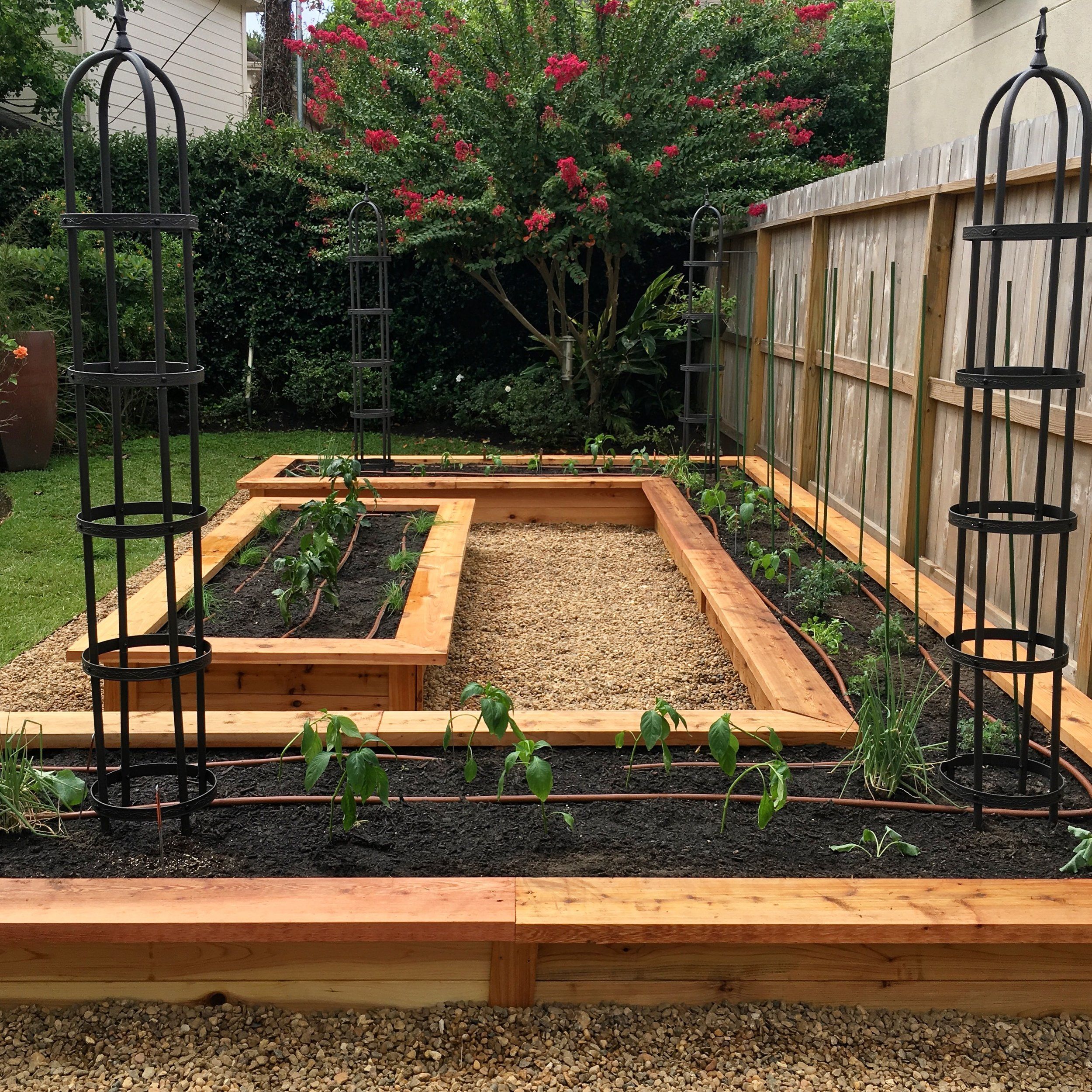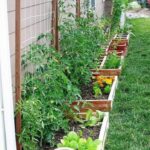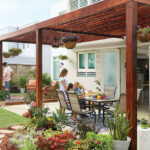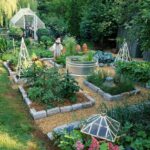Backyard garden design is an essential aspect of creating a beautiful and functional outdoor living space. When planning a garden design, several key factors should be considered to ensure the space meets the needs and preferences of the homeowner.
One crucial element in backyard garden design is determining the purpose of the garden. Whether it is a space for relaxation, entertaining, or growing fruits and vegetables, the design should be tailored to fulfill the desired function. By identifying the primary purpose of the garden, homeowners can better plan the layout, plant selection, and features to include in the design.
Another essential aspect of backyard garden design is considering the size and layout of the space. The size of the garden will influence the types and quantities of plants that can be grown, as well as the layout of garden beds, walkways, and other features. It is important to carefully measure the space and create a scaled plan to ensure that the design fits appropriately.
Incorporating hardscaping elements, such as pathways, patios, and seating areas, can enhance the functionality and aesthetics of a backyard garden. Hardscaping features can provide structure and definition to the space, as well as create areas for relaxation and socializing. When designing a garden, it is important to consider how hardscaping elements will complement the overall design and improve the usability of the space.
The selection of plants is a critical component of backyard garden design. When choosing plants, homeowners should consider factors such as the climate, soil conditions, and maintenance requirements of the plants. By selecting a diverse mix of plants, homeowners can create a garden that is visually appealing and provides year-round interest through the changing seasons.
Finally, incorporating sustainable and eco-friendly practices into backyard garden design is becoming increasingly popular. By using organic gardening methods, watering efficiently, and planting native species, homeowners can create a garden that is not only beautiful but also environmentally friendly. Sustainable gardening practices can help conserve water, attract beneficial wildlife, and reduce the use of chemical pesticides and fertilizers in the garden.
















